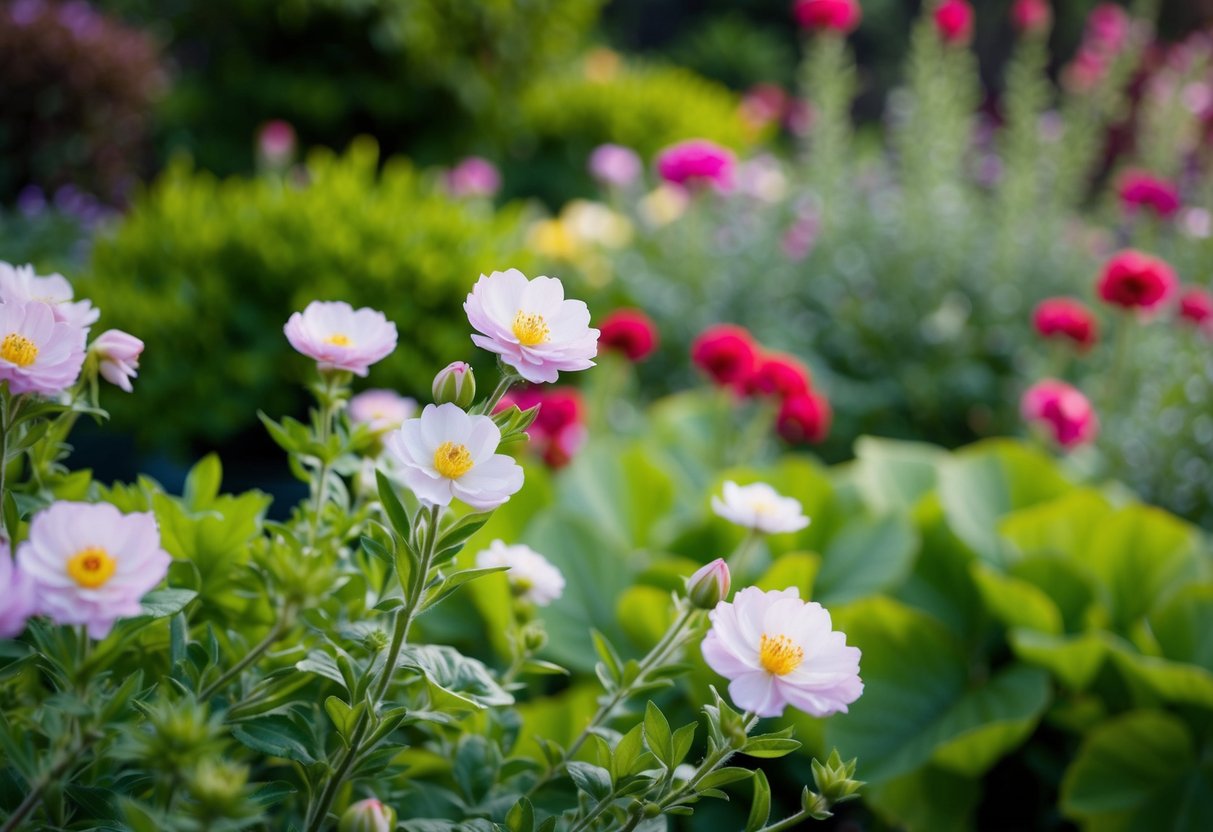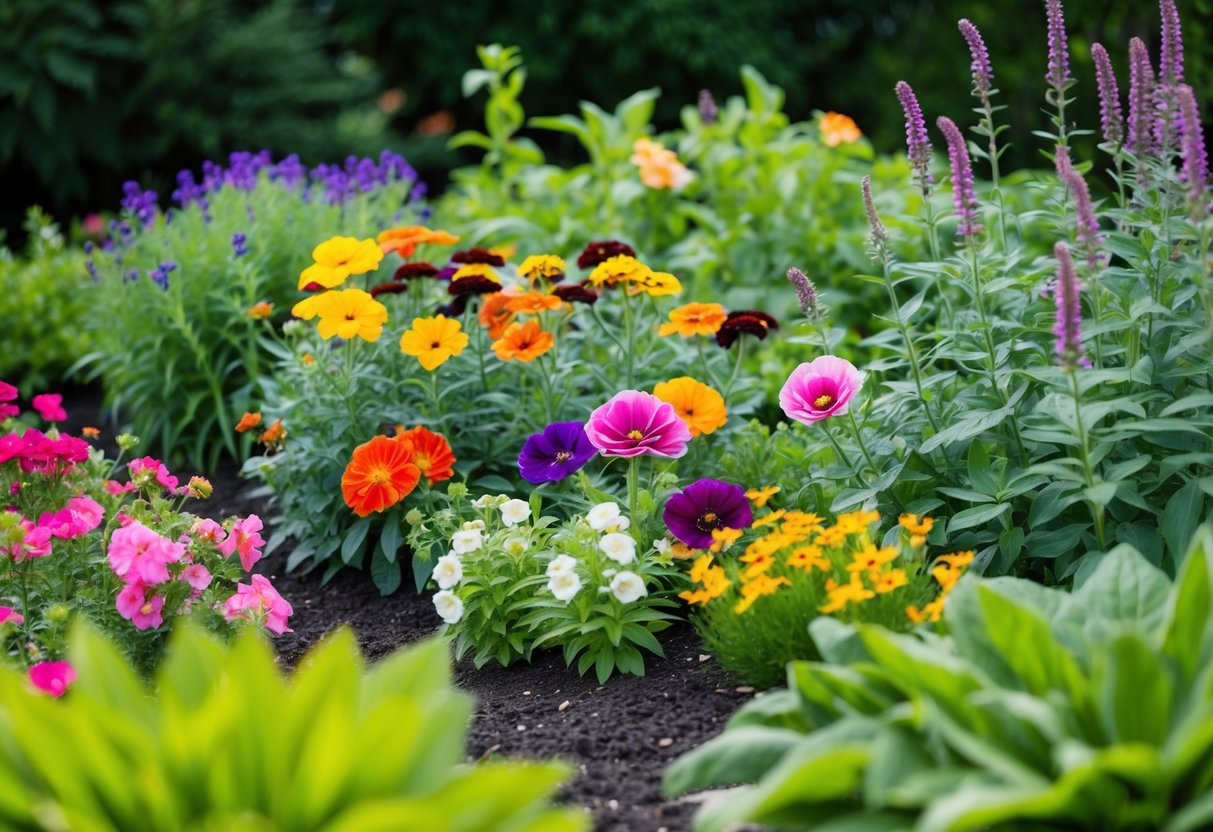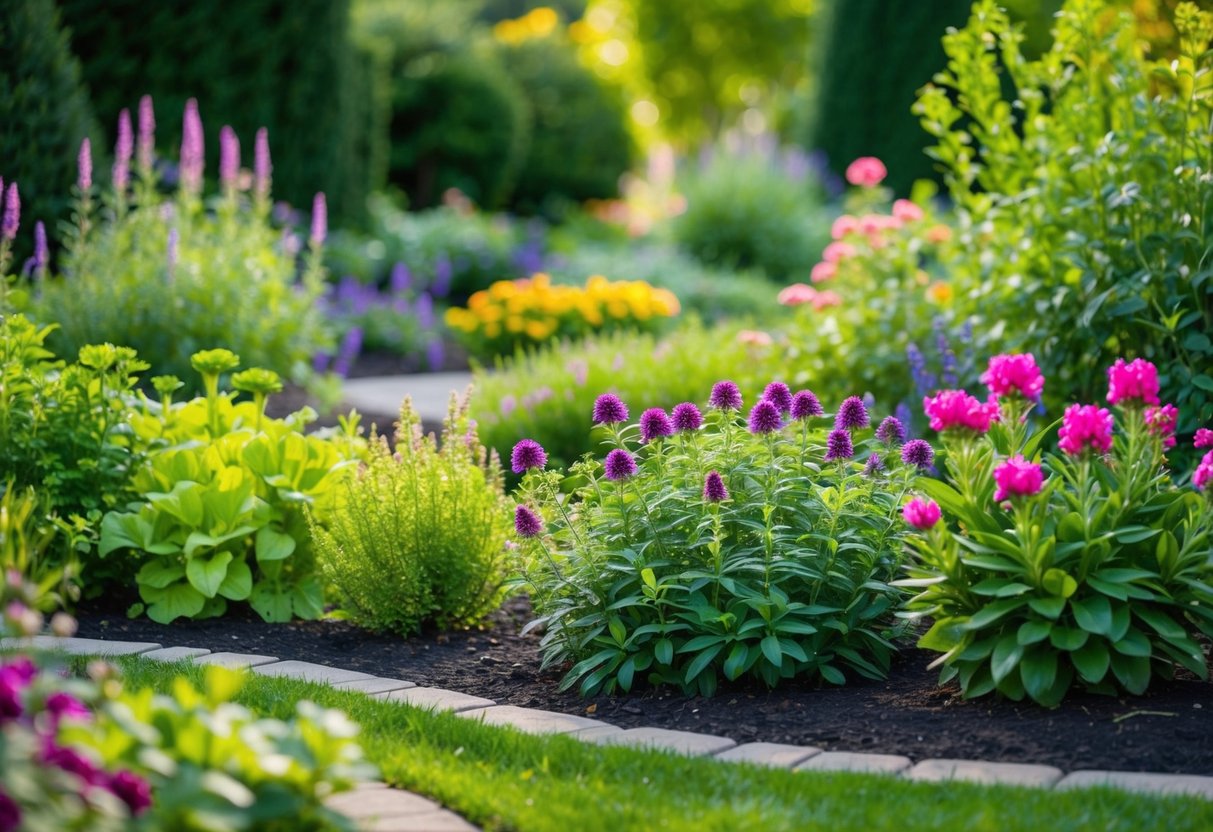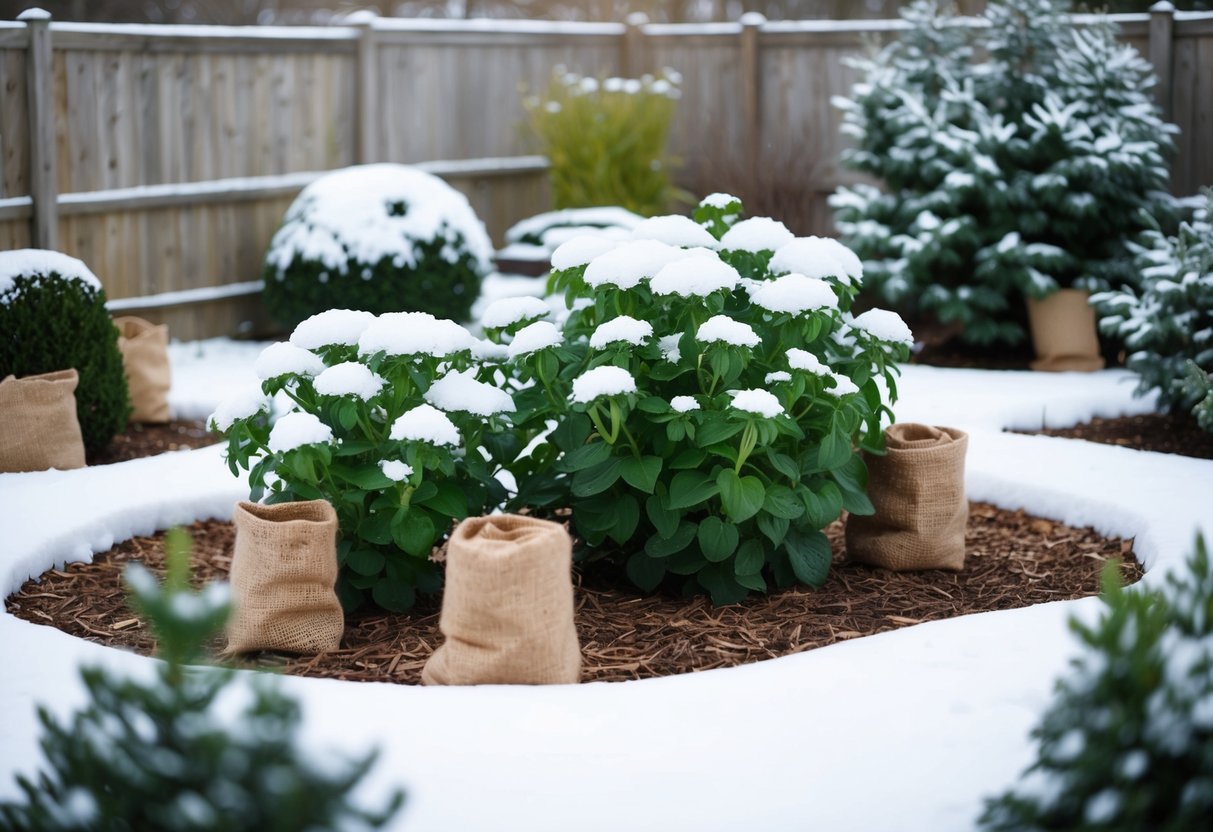Do Hardy Perennials Come Back Every Year? A Gardener’s Delight
Planting a garden filled with beautiful flowers year after year can be a rewarding experience. If you’re looking for plants that make a reliable comeback each spring, consider adding hardy perennials to your garden. Hardy perennials are known for their ability to bloom every year, even after harsh winters. This makes them a dependable choice for any garden enthusiast.

You might wonder which specific plants are the best fit for your space. There are many options, such as coneflowers, daylilies, and peonies. These plants not only survive in various climates but also add vibrant colors and fragrances to your garden. Some, like peonies, can thrive for decades with minimal care.
These hardy blooms offer more than just resilience. They attract pollinators, enhancing the biodiversity of your garden. For instance, yarrow is a tough perennial that draws beneficial insects and offers a range of colors. Whether you’re an experienced gardener or just starting, hardy perennials can bring lasting beauty to your outdoor space.
Understanding Perennials

When you think about gardening, perennials are plants that return each year without replanting. This section focuses on the defining features and life cycle of hardy perennials to help you better care for your garden.
Defining Hardy Perennials
Hardy perennials are plants that survive harsh conditions, including cold winters. They are a great choice if you want a garden that lasts through different seasons. These plants are known for their resilience. Hardy perennials include popular flowers like coneflowers and daylilies. Each of these can add beauty and color to your garden landscape.
Zones are important for determining which hardy perennials will thrive in your area. Knowing your USDA Hardiness Zone is crucial. This helps ensure your perennials can withstand your local climate, resulting in a flourishing garden year after year.
Life Cycle of Perennials
Understanding the life cycle of perennials is key to keeping them healthy. Unlike annuals, perennials don’t need to be replanted each year. They have a dormant stage in winter, conserving energy until the conditions are right.
Most perennials bloom in the spring or summer, then fade in the fall. It’s essential to care for them throughout the year by watering, mulching, and sometimes pruning. Dividing mature plants every few years keeps them strong and ensures continuous growth. With these steps, your perennials can thrive over many years.
Popular Varieties of Hardy Perennials

Hardy perennials are a great choice if you want to enjoy beautiful blooms year after year without much hassle. Some of these plants thrive in tough conditions, from flowering favorites bursting with color to those that withstand drought with ease.
Flowering Favorites
Imagine a garden full of colors that return each year. Plants like peonies and coneflowers bring vibrant hues and shapes to your yard. You’ll find lilies and aster adding charm with their elegant blooms. Meanwhile, the shasta daisy stands out with its classic white petals and yellow centers. Bee balm and rudbeckia, also known as black-eyed Susan, are sure to attract colorful butterflies and bees.
Consider adding asters to your garden for a burst of late-season color. These flowers dazzle when some other plants are beginning to fade. Also, don’t overlook phlox for its lovely clusters and fragrant scent, making it an excellent border or centerpiece plant.
Drought-Tolerant Selections
For gardens where water is scarce or conservation is a priority, consider plants like catmint and yarrow. These drought-tolerant options thrive in sunny spots without needing much attention. Yarrow is especially appreciated for its range of colors and ability to withstand hot, dry conditions.
Lavender and sedum are other low-water choices, providing beauty and resilience. These plants will not only save water but also enhance your garden’s appeal. Gaillardia and salvia are perfect for adding vibrant color without the need for constant watering. Their long-lasting blooms ensure your garden stays lively even in drier months, making them perfect for busy gardeners.
Planting and Caring for Perennials

Proper planting and care can ensure that your perennials thrive in your garden for years. You will find insights on the best techniques to plant these hardy plants and tips on maintaining their health with minimal effort.
Optimal Planting Techniques
When planting hardy perennials, timing is crucial. Aim to plant during spring or early fall, when the weather is mild. This gives the plants time to establish roots before extreme temperatures hit.
Select a spot that suits their light needs—most perennials prefer full sun, but some thrive in partial shade.
Prepare the soil by combining it with organic matter. Compost or well-rotted manure is excellent as it boosts nutrients and improves drainage.
Ensure the planting hole is twice as wide as the plant’s root ball but only as deep as its base.
Spacing is important for healthy growth. Follow the guidelines on plant labels to give your plants room to spread. Water thoroughly after planting to help settle the soil, ensuring there’s good contact with the roots.
Maintenance and Care
Once established, many perennials become low-maintenance plants. Regular watering is key, especially during dry spells.
Hardy perennials like coneflowers and daylilies are drought-tolerant but still benefit from occasional deep watering.
Mulching with organic material around your perennials helps keep soil moist and suppress weeds. Fertilizing with a balanced, slow-release fertilizer in early spring can promote healthy growth and vibrant blooms.
Deadheading, or removing spent flowers, encourages more blooms and prevents seed formation. For some perennials, dividing every few years keeps them vigorous and prevents overcrowding. Tools like garden forks or spades make this task easier and more effective.
Incorporating Perennials into Landscaping

Incorporating perennials into your garden design can add vibrant colors, textures, and blooms throughout the seasons. Knowing how to use design principles and companion planting is essential for creating a thriving garden with perennials like roses, tulips, and hydrangeas.
Design Principles for Perennial Gardens
When designing a perennial garden, balance and harmony are crucial. Start by selecting a mix of perennials that bloom at different times to ensure your garden looks lively year-round.
Think about using a variety of heights; tall plants like hydrangeas can create a backdrop while shorter flowers like daffodils fill the front.
Consider color coordination. Use a color palette that complements your home’s exterior or other garden elements. Combining vibrant tulips and soft pastel roses can create a lovely contrast. Don’t forget to plan for texture by mixing different leaf types and flower shapes to add visual interest.
Ensure your garden has good drainage and receives the appropriate amount of sunlight for your chosen plants. Grouping plants with similar water and sun needs makes maintenance easier.
Companion Planting
Companion planting involves pairing perennials that benefit one another. Some plants help repel pests, while others enhance growth.
For instance, growing roses next to lavender can deter aphids naturally. This not only aids in pest control but also enhances the fragrance of your garden.
Nutrient distribution is also key. Planting tulips among low-growing ground covers helps retain moisture and nutrients in the soil. This creates a healthier environment for the perennials to flourish.
When choosing companions, consider their root systems to avoid competition. Deeper-rooting plants can coexist with shallow-rooting ones without crowding each other out. With thoughtful planning, companion planting can create a harmonious and efficient garden space.
Winterizing and Protecting Perennials

Taking steps for winterizing and protecting your perennials ensures they return vibrant and healthy each year. This involves preparing them before the winter chill and helping them bounce back once the frost has passed.
Pre-Winter Care
Before winter sets in, it’s important to give your perennials some attention.
Begin by pruning dead or diseased stems to prevent rot and disease. This not only tidies your garden but also encourages healthy growth in spring.
Mulching is essential. Apply a layer of mulch around two to three inches deep over the soil. This helps insulate the roots, keeping them safe from extreme cold and fluctuating temperatures.
When selecting mulch, consider using materials like straw, shredded leaves, or wood chips.
For particularly cold-hardy perennials, ensure they’re planted in well-drained soil. Standing water can freeze and damage roots, so drainage is crucial. In some cases, you can also use protective coverings or plant covers designed for garden use to shield plants from harsh winds.
Post-Winter Recovery
After winter has passed, focus on post-winter recovery. Begin by gradually removing the mulch used for protection. This allows the soil to warm up and the plants to emerge and receive sunlight.
Be mindful of late frosts, which can still threaten tender new growth.
Inspect your garden for any damage to stems or roots. Trim away any dead material to allow the healthy parts of the plant to thrive.
Water your perennials well as they come back to life, ensuring that the soil stays moist but not waterlogged.
Finally, consider a balanced, slow-release fertilizer to support your perennials’ growth. This helps replenish nutrients and fosters robust blooms and foliage as your garden springs back into action.







